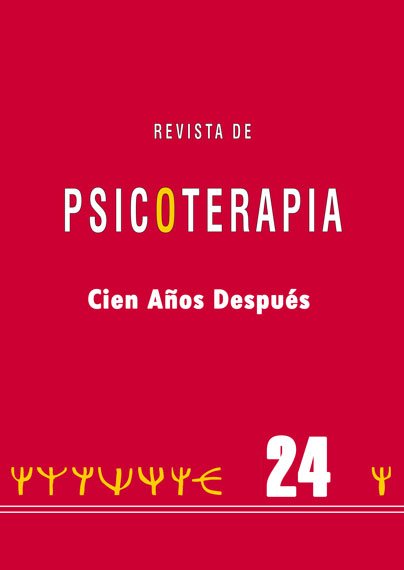Eclecticism and integration: awareness of the dangers.
DOI:
https://doi.org/10.33898/rdp.v6i24.1093Keywords:
integration, common factorsAbstract
An eclectic stance is warranted only when well-documented treatments of choice do not exist for a particular disorder, or when these established methods are not achieving the desired results. But great care must be exercised when scouring the field for potentially effective methods that have yet to be scientifically tested. It is all too easy to confuse observations with theories and to obfuscate matters by endorsing superfluous notions. To apply certain procedures that psychodynamic clinicians employ, or to capitalize on techniques typically utilized by Gestalt therapists, does not translate into “doing psychodynamic therapy” or endorsing Gestalt therapy per se. There does not appear to be a single instance wherein a blend of different theories produced a more powerful technique, but there are numerous cases where techniques drawn from different disciplines have enriched clinicians’ armamentaria. A brief account of an agoraphobic woman who recieved eclectic therapy helps underscore the pros, cons, and dangers of eclecticism and integration.









